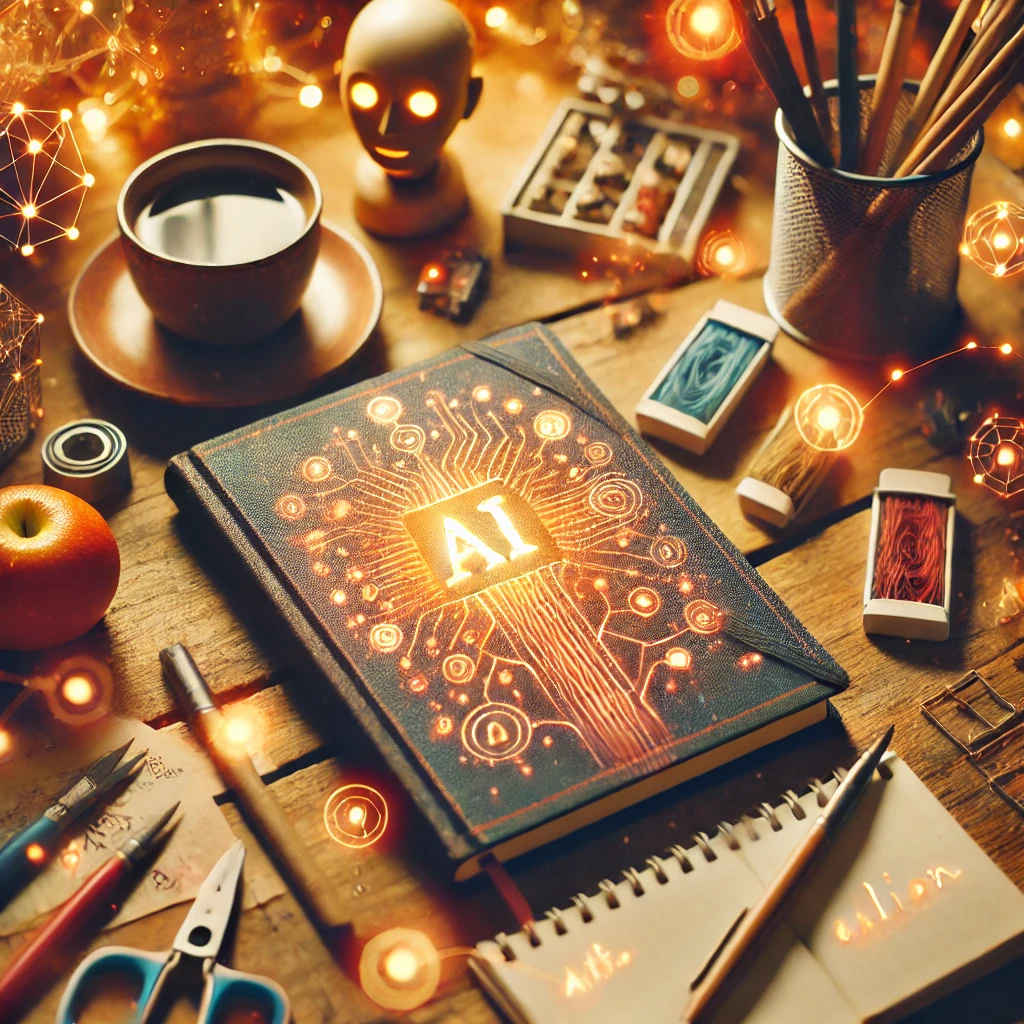The Possibilities and Pitfalls of AI in Art

Navigating AI in Art: A Creator’s Perspective
Artificial Intelligence (AI) is rapidly reshaping the creative landscape, opening new doors for artists, writers, musicians, and filmmakers alike. As someone who has embraced AI in my work—while also acknowledging its pitfalls—I believe AI should be seen as a collaborator rather than a replacement. But where do we draw the line between innovation and authenticity?
The Promise of AI in Art
AI has changed the game for independent artists. Before AI, musicians needed costly studio time to record and mix their songs, visual artists required expensive software, and writers spent weeks or months editing manuscripts manually. Today, AI tools like Suno V4, Ideogram, and ChatGPT make these tasks more accessible.
In my case, I use AI to help streamline the songwriting and production process. While I write the majority of my lyrics, I’ve experimented with AI-generated lyrics—like those created by Deep Seek (Zeek), which produced the raw versions of Clawing from the Deep, Breaking the Surface, and Rise from the Ashes, based on my short story Lake of Tears. AI-assisted songwriting allows me to refine my themes and explore alternative lyrical structures I might not have considered otherwise.
Beyond music, AI is also a powerful tool in visual arts. For years, I struggled to find an AI that could generate text in images correctly. Early tools like Kling AI and Krea AI fell short, but when I found Ideogram, I finally had a tool that could reliably generate album covers with clear text. AI-generated visuals have sped up my design process, allowing me to create cohesive branding for my AI bands, Cassidy and The Castoffs and Wrecked and Ready.
The Pitfalls of AI in Art
For all its benefits, AI in art comes with significant challenges.
1️⃣ Lack of Emotional Depth
- AI-generated lyrics often lack the personal nuances and emotional resonance of human-written songs. While AI can mimic themes of pain, joy, or love, it doesn’t feel them. This is why I always edit and refine AI-assisted lyrics to align with the emotional depth I want my songs to convey.
2️⃣ AI Bias and Ethical Concerns
- AI models are only as good as the data they are trained on. If an AI is fed a limited dataset, it will produce limited and sometimes problematic results. For example, I’ve noticed that some AI tools struggle to break away from overused lyrical tropes, producing generic lines that lack originality.
3️⃣ Authenticity in AI Art
- A major debate in the creative industry is whether AI-generated art should be credited as "original." I’ve tackled this issue head-on by transparently labelling my AI-assisted songs with:
📌 Written by Karen Eastland in Collaboration with [insert AI here] - This ensures that listeners know exactly where the human element ends and where AI assistance begins.
4️⃣ Technical Limitations
- AI, while impressive, still struggles with real-time performance and complex creative tasks. For instance, Deep Seek (Zeek) often crashes when asked to generate multiple outputs at once, limiting its ability to assist me at scale. AI can enhance creativity, but it isn’t a replacement for human vision and decision-making.
The Future of AI in Art: Balancing Innovation with Humanity
AI is a tool—nothing more, nothing less. It can assist, enhance, and expand creative possibilities, but it can never replace human emotion, intuition, and storytelling.
As artists, we must guide AI rather than let AI guide us. By treating AI as a collaborator rather than a creator, we can strike the perfect balance between tradition and technology. The key is to stay curious, experiment responsibly, and remain transparent in how we integrate AI into our work.
Would I give up AI in my creative process? Not a chance. But I also won’t let it define me.